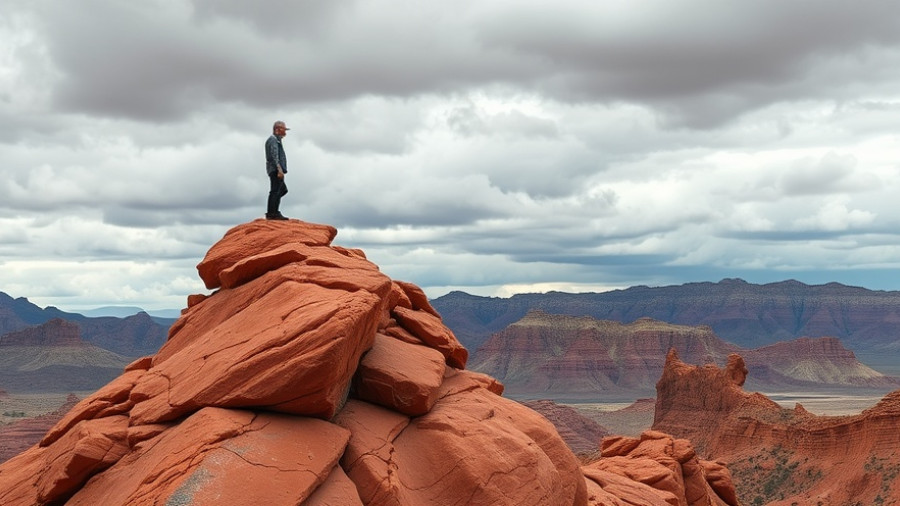
Discovering the Breathtaking Tundra at Rocky Mountain National Park
Rocky Mountain National Park is not only famed for its soaring peaks and expansive wilderness, but it also boasts a unique environment known as tundra that many visitors may overlook. This delicate ecosystem, found at higher elevations, provides unique experiences and spectacular views for adventurers willing to explore its rugged beauty.
In 'What's the SECRET to Accessing Tundra in Rocky Mountain National Park?', the discussion dives into the unique tundra ecosystem of this breathtaking park, exploring key insights that sparked deeper analysis on our end.
What Makes the Tundra So Special?
When you picture a national park, you might think of lush forests and scenic lakes. However, the tundra at Rocky Mountain National Park presents a striking contrast. This high-altitude environment, which begins at around 11,000 feet above sea level, is characterized by its harsh conditions that make it a challenge for most flora and fauna to thrive. You’ll find hardy ground cover and vibrant wildflowers that have adapted to survive under the powerful sun and relentless winds. The lack of trees at this elevation creates a vast, open landscape that can feel otherworldly.
Easy Access: Drive to the Tundra!
One of the most incredible aspects of Rocky Mountain National Park is that, unlike many other mountain ranges, visitors have the unique opportunity to drive directly to the tundra! The scenic Trail Ridge Road winds its way up to over 12,000 feet, granting access to this breathtaking area. Imagine cruising along a highway that offers panoramic views of jagged peaks and colorful alpine flowers, all while enjoying the fresh mountain air. This accessibility makes the tundra at Rocky a must-see for both seasoned adventurers and families looking for easy exploration.
Best Practices for Your Tundra Adventure
While exploring the tundra, it’s essential to tread lightly. These landscapes are fragile; plants take a long time to grow, and even a slight deviation from designated trails can damage the delicate vegetation. When visiting, be sure to stick to marked paths to minimize your impact. Respecting this environment ensures its natural beauty remains intact for future generations to enjoy.
Wildlife: A Chance Encounter
Although the harsh conditions make the tundra less hospitable for many animals, you might still catch a glimpse of some hardy wildlife adapted to survive here. Animals like marmots and pikas can sometimes be seen scurrying across the rocky terrain. If you’re on the lookout, you might even spot grazing elk or mountain goats in the lower areas. Therefore, having your camera ready is vital – you never know when an unforgettable wildlife moment might present itself!
A Journey Worth Taking
The tundra experience at Rocky Mountain National Park is unlike any other. The unique landscape, combined with easy access via Trail Ridge Road, allows you to immerse yourself in stunning surroundings that offer both beauty and serenity. Whether it's your first visit or you're a seasoned park-goer, the opportunity to witness this high-altitude ecosystem is one you won’t want to miss.
Before you go, make sure to check the weather, pack plenty of water, and wear layers. Conditions can change quickly at high elevations, so being prepared is key to an enjoyable visit.
Have you been inspired to explore Rocky Mountain National Park? For more tips and information on national parks, check out @DirtInMyShoes for fantastic travel ideas and resources!
 Add Row
Add Row  Add
Add 




Write A Comment